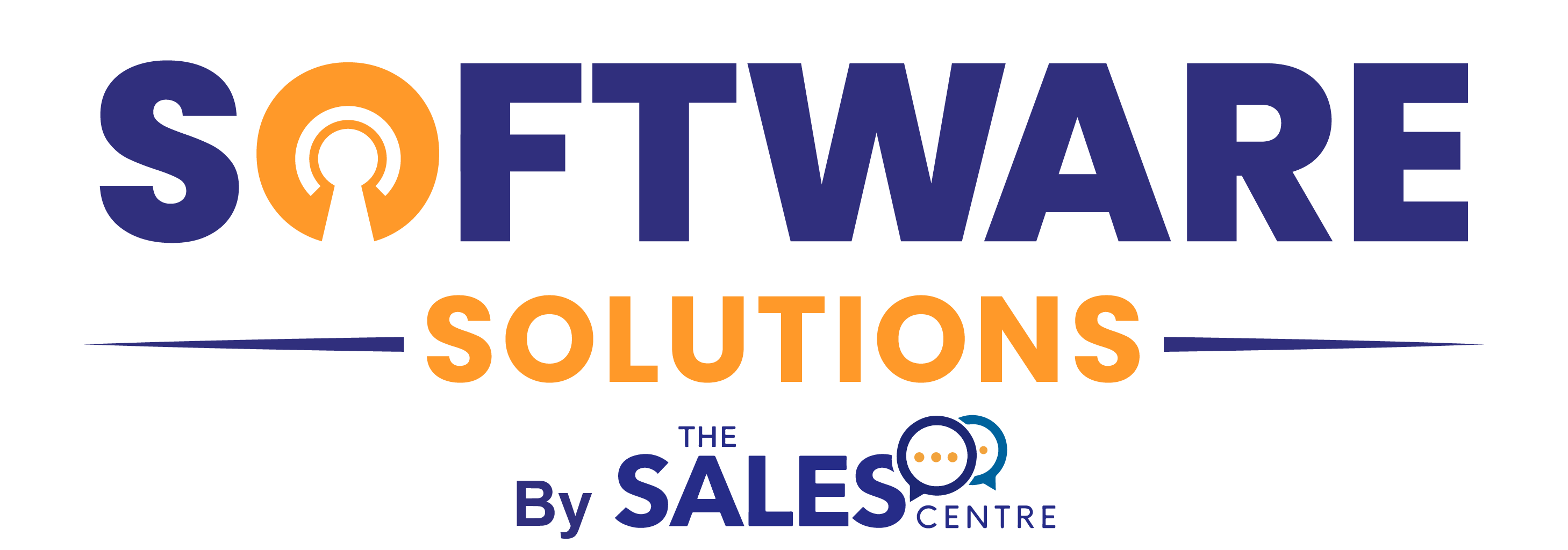In today’s hyper-digital world, choosing the right software is one of the most important decisions you’ll make as a business owner. Whether you’re a startup looking for a CRM, an SME in need of accounting automation, or a growing company investing in HR tech, software drives your operations. But here’s the problem: with endless options, buzzwords, pricing plans, and “game-changing” features, most business owners feel overwhelmed before they even start.
The good news? It doesn’t have to be that way. With the right approach and a clear game plan, you can make smart, confident software decisions that scale with your business and deliver long-term ROI.
Let’s unpack how to do just that.
1. Get Clear on Your Business Needs First
Before you compare apps, watch demos, or read reviews, take a step back and ask: What is the core problem I’m trying to solve?
Are you struggling with manual admin? Losing leads due to poor follow-up? Wasting hours reconciling spreadsheets? Identifying your pain points is the first step toward finding the right digital solution.
Action Tip: Make a short list of key outcomes you want from your software. For example:
- “Reduce time spent on invoicing by 50%.”
- “Improve customer response time with automation.”
- “Track team productivity in real time.”
This list becomes your filter to evaluate whether a tool is nice to have or must-have.
2. Know the Types of Software You Might Need
A major cause of overwhelm is not knowing what kind of software you’re even looking for. Here’s a quick breakdown of common software categories for businesses:
- CRM (Customer Relationship Management): Manages sales pipelines, contacts, follow-ups.
- Project Management: Tracks tasks, deadlines, and team collaboration.
- Accounting & Finance: Automates invoicing, payroll, and expense tracking.
- HR & Recruitment: Helps manage hiring, onboarding, time-off tracking.
- Marketing Automation: Sends emails, captures leads, runs campaigns.
- Communication Tools: Streamlines chats, meetings, and file sharing.
Each of these areas may require a dedicated platform—or better yet, one that integrates with others seamlessly.
3. Set a Realistic Budget
Yes, software is an investment. But don’t fall into the trap of overpaying for features you’ll never use or underpaying for tools that can’t scale with your business.
When setting a budget, consider:
- Number of users
- One-time vs. recurring subscription costs
- Additional charges for onboarding, training, support
- Long-term value (Will this tool grow with you?)
Remember: Cheap software that doesn’t deliver is the most expensive kind.
4. Use Reviews—But Read Between the Lines
Sites like G2, Capterra, and TrustRadius are goldmines for real user feedback. But read reviews with context.
Look out for:
- Trends in praise or complaints (Is support consistently flagged as poor?)
- Reviews from companies similar in size and industry
- Feedback on integration, ease of use, and implementation time
And ignore the 1-star rage reviews and 5-star fanatics—focus on the balanced, detailed feedback.
5. Shortlist with Purpose
Limit yourself to 3–5 tools that genuinely meet your needs. Then compare them side by side.
Create a decision matrix and rank each tool across your priorities:
- Features that solve your pain points
- Ease of use for your team
- Integration with current systems
- Mobile access (especially important for remote teams)
- Customer support
- Security and compliance
- Price and scalability
Give each tool a score. This will help you cut through marketing fluff and pick the best fit, not just the flashiest product.
6. Test Drive Like a Pro
Most SaaS platforms offer free trials—use them wisely. Don’t just click around aimlessly. Instead, run real scenarios:
- Create a mock project, invoice, or campaign
- Onboard a few team members and let them explore
- Try integrations (e.g., syncing with your CRM or Google Workspace)
If a platform feels clunky or confusing now, it will only become more frustrating later.
Bonus Tip: Ask the vendor for a live demo tailored to your use case. Good support teams will jump at the opportunity to show you real-world functionality.
7. Think About Implementation and Training
Even the best software in the world fails if your team doesn’t use it.
So, ask:
- How long will it take to fully implement?
- What training is available (videos, manuals, live onboarding)?
- Is customer support responsive and helpful?
- Can you start small and scale later?
This step is crucial if you’re time-poor and don’t have a full IT team to manage rollout.
8. Consider Automation and AI Capabilities
In 2025, businesses are leaning on automation to save time and increase efficiency. Does your chosen software allow:
- Workflow automation (e.g., auto-send follow-ups or reminders)?
- Smart notifications and alerts?
- AI-powered analytics or reporting?
- Seamless data sync across platforms?
These features turn tools into growth engines—not just admin assistants.
9. Don’t Fall for “Shiny Object Syndrome”
Some tools will pitch flashy features you don’t actually need. Just because something has AI, predictive modeling, or blockchain doesn’t mean it’s right for you.
Stay laser-focused on whether it solves your business problem. If it doesn’t? It’s noise.
10. Get Advice if You’re Still Unsure
Not every business has an in-house tech strategist—and that’s okay. That’s where companies like Software Solutions come in. We help businesses audit their needs, select the right tools, and implement them without chaos.
Having a trusted advisor on your side ensures you don’t waste time, money, or energy trying to figure it all out alone.
Choosing the right software shouldn’t paralyze you. With a clear understanding of your goals, a structured evaluation process, and a practical test-drive strategy, you’ll be equipped to make smart decisions—without the overwhelm.
In 2025, the right digital tools are not just an advantage—they’re a necessity. So whether you’re scaling operations, streamlining admin, or boosting team performance, investing in the right tech will empower your business to grow smarter, faster, and leaner.


